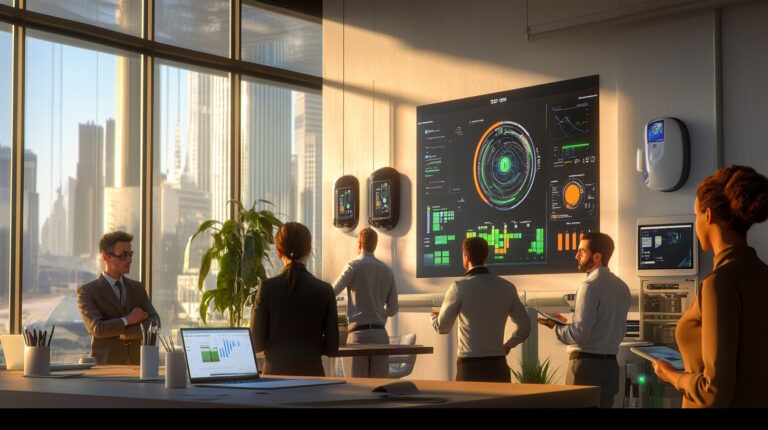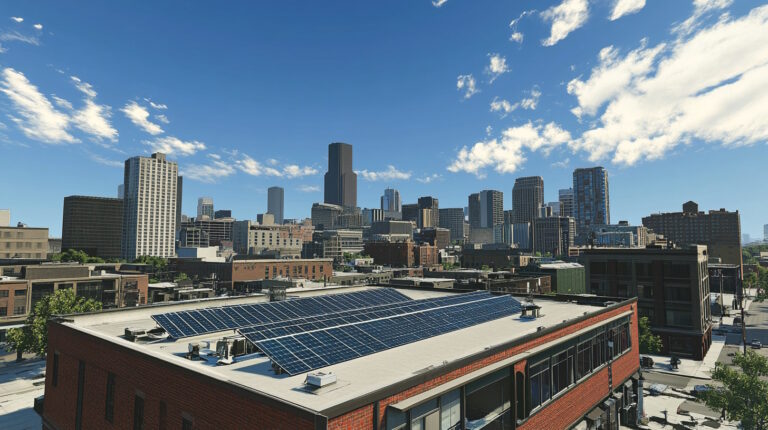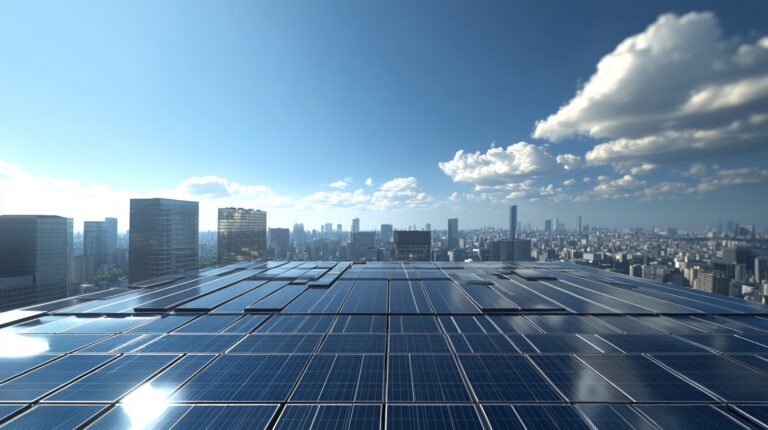Article Insights
- Learn what BERDO stands for and how it impacts the commercial real estate industry.
- Discover why Building Energy Reporting and Disclosure Ordinance compliance is essential for property owners.
- Understand the step-by-step process for achieving BERDO compliance for commercial property owners and avoiding penalties.
- Gain actionable tips to make your commercial properties more energy-efficient while boosting long-term value.
Commercial property owners and developers are facing growing expectations to make their buildings more energy-efficient and sustainable. This push isn’t just about goodwill—it’s now a matter of legal compliance in many areas. One ordinance leading this charge is BERDO, short for Building Energy Reporting and Disclosure Ordinance. But what exactly does this mean, and how does it affect you?
In this article, we’ll unpack the details of BERDO, explaining how it works, why it matters, and what steps you can take to ensure compliance. Whether you’re a business owner or a commercial property developer, understanding this ordinance is vital for protecting your bottom line and staying ahead of energy regulation trends.
What is BERDO?
The acronym BERDO stands for Building Energy Reporting and Disclosure Ordinance, a regulation aimed at tracking and reducing energy usage in large buildings. This ordinance was developed to tackle rising energy consumption and its environmental impacts by requiring property owners to monitor and report their energy use.
The ordinance applies primarily to large commercial properties and multi-family residential buildings, depending on their size and energy usage. It sets specific standards for energy efficiency and imposes penalties for those who fail to meet them. Governed at the municipal level in cities like Boston, BERDO has become a critical tool in reducing greenhouse gas emissions and promoting sustainability in urban areas.
Why is BERDO Important for Commercial Properties?
For commercial property owners, BERDO is more than just another compliance checklist—it’s a significant shift toward sustainable real estate management. By requiring energy transparency, the ordinance pushes property owners to evaluate how efficiently their buildings operate and take actionable steps to improve.
Compliance with Building Energy Reporting and Disclosure Ordinance offers several advantages. Energy-efficient properties often enjoy lower operational costs, improved tenant satisfaction, and higher market value. Furthermore, adhering to BERDO compliance for commercial property owners signals a commitment to sustainability, which can attract environmentally conscious tenants and investors.
Failing to comply, on the other hand, could result in financial penalties and reputational risks. In an increasingly competitive market, non-compliance may place your properties at a disadvantage compared to those that meet or exceed energy efficiency standards.
How Does BERDO Work?
The mechanics of BERDO revolve around energy benchmarking and reporting. Property owners are required to collect data on their building’s energy consumption and submit it to the relevant municipal authority annually. This data is then used to evaluate whether a property meets prescribed energy performance standards.
Deadlines and specific requirements vary by city, but the general process includes:
- Collecting energy data using tools like ENERGY STAR Portfolio Manager.
- Submitting annual reports detailing the building’s energy usage.
- Making improvements to meet performance targets, if necessary.
Non-compliance can lead to significant penalties, ranging from monetary fines to public disclosure of violations, which could damage your reputation. A proactive approach, therefore, is essential for meeting these requirements.
Suggested graphic: A chart summarizing the BERDO reporting process, deadlines, and penalties.
BERDO Compliance: What Commercial Property Owners Need to Know
Achieving BERDO compliance for commercial property owners requires careful planning and execution. The first step is understanding your building’s current energy performance. Benchmarking tools like ENERGY STAR Portfolio Manager can help you track energy consumption and identify areas for improvement.
Next, property owners should explore upgrades that boost energy efficiency. This may include retrofitting outdated HVAC systems, upgrading insulation, or installing energy-efficient lighting. Many municipalities offer incentives and rebates to offset the costs of these improvements, making them even more attractive.
Beyond upgrades, ongoing monitoring is crucial. Continuous energy tracking ensures your property remains compliant and highlights further opportunities for savings.
Suggested image: A graphic showcasing examples of energy-efficient upgrades (e.g., LED lighting, solar panels, high-performance windows).
Common Challenges and Solutions
Despite its benefits, BERDO compliance can present challenges. For instance, some property owners may struggle to collect accurate energy data, especially in older buildings with outdated systems. Additionally, the cost of upgrades might seem daunting, even with available incentives.
The key to overcoming these challenges is leveraging the right resources. Many cities offer technical assistance programs to help property owners navigate the compliance process. Partnering with energy consultants can also provide valuable expertise and ensure your building meets the required standards.
Another common hurdle is staying ahead of deadlines. Creating a compliance calendar and assigning responsibility within your team can help prevent last-minute scrambles and missed submissions.
The Future of BERDO and Commercial Real Estate
Looking ahead, BERDO is likely to expand in scope and influence. As more cities adopt similar ordinances, energy reporting and efficiency standards could become the norm for commercial real estate. This shift underscores the importance of staying informed and proactive.
For property owners, this trend represents both a challenge and an opportunity. By embracing energy-efficient practices now, you position your properties for long-term success in a rapidly evolving industry. Compliance isn’t just about meeting today’s requirements—it’s about future-proofing your portfolio against stricter regulations and higher tenant expectations.
BERDO Final Thoughts
Understanding BERDO and its implications is essential for any commercial property owner or developer. From energy benchmarking to compliance upgrades, the ordinance provides a clear roadmap for improving building performance while contributing to sustainability goals.
By prioritizing BERDO compliance for commercial property owners, you can not only avoid penalties but also unlock significant benefits, including cost savings, enhanced property value, and a stronger market position.
Take the first step today by assessing your building’s energy performance and exploring solutions to meet compliance requirements. A greener, more efficient future awaits—and your properties can lead the way.








